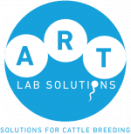Latest Insights
Welcome to our latest insights page, where we provide updates on our company’s recent activities and initiatives. Dive into our blog for comprehensive coverage of technical tips, client case studies, innovations, and achievements.
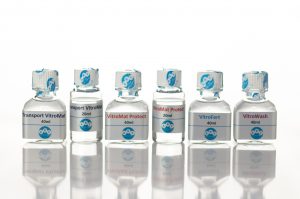
The Importance of Embryo Assay Testing Your Laboratory Consumables
Ensure your consumables are “embryo-safe”by using Mouse Embryo Assay (MEA) and/or Bovine Embryo Assay (BEA) approved consumables.
Contaminants can be introduced into your laboratory through new batches of oils, media and general plasticware which is why MEAs and BEAs can provide quality assurance.
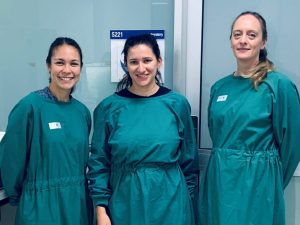
Thank you to our latest IVF Training attendees!
It’s always exciting to have trainees come through and learn quality control measures of an IVF laboratory. Additionally, the team learnt the theory and handling techniques of COC/oocyte maturation, in vitro fertilisation, in vitro culture and cryopreservation
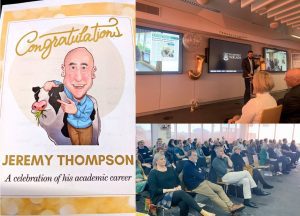
Congratulations to our Founder, Jeremy Thompson, top 1% of cited researchers for his field across the world
Last week we celebrated Jeremy’s academic career which has led him to be in the top 1% of cited researchers for his field across the world! During his Academic career he has been published over 290 times with his focus being the developmental capacity of mammalian oocytes and early embryos.

Looking for IVF laboratory management tips? Keep reading.
Regular maintenance of your laboratory and it’s equipment is important. Maintenance includes calibrating equipment regularly (daily if possible otherwise a couple times a week), keeping track of batches of media, culture oils and laboratory consumables being used and being aware of potential sources of volatile organic compounds (VOCs).
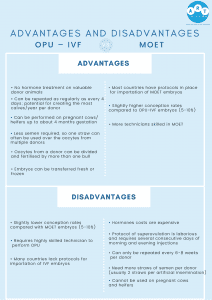
Ovum Pick Up (OPU) vs Multiple Ovulation Embryo Transfer (MOET)
There are many advantages and disadvantages to choosing the right method of embryo production for your cattle as both technologies have their place.
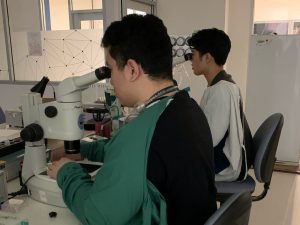
Real results, real success. This could be you.
22,000 oocytes, 50% conversion of zygotes to blastocysts, 33% blastocyst rate from oocytes. Sexed semen. ART Lab Solutions media.
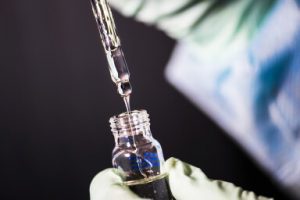
What does “serum-free” medium really mean?
While scanning the cattle IVF literature, you will likely see the references that a medium, especially culture medium, is “serum-free”. As we have already discussed in previous blogs, addition of serum is a ‘two-edged sword’. On the one-hand it can promote development, particularly if embryo growth is slightly retarded and morula formation is hindered. But on the other-hand, serum addition at levels of 5% or more will increase triglyceride content that negatively impacts cryo-survival, especially with ‘slow-freezing’ protocols. Furthermore, serum addition is a causal factor for ‘Large Offspring Syndrome’.

Is there an optimal interval between OPU’s?
I was talking to a client about OPU and what frequency should oocyte aspiration occur. It’s not the first time I have had a conversation around this topic. It seems there is no real consensus about frequency – most I speak with think weekly or fortnightly are acceptable.
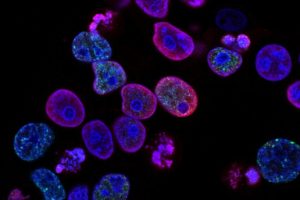
Embryo culture drop size – is there an optimum?
We recently had an excellent question from one of our clients, who wanted to know if our recommendation of 5 micro-litres (uL) of medium per embryo cultured was critical or not, or could it be changed to suit their IVP embryo production system. Firstly, our protocol recommendations are based on our long-history of research and commercial application with the media formulations we have, and this is why we provide our preferred protocol.
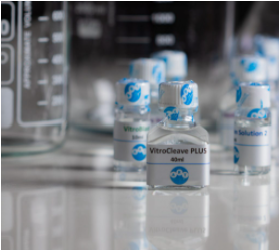
The Buzz On Growth Factors In Embryo Culture Medium
Back in the ‘80’s -‘90’s when cattle IVF began to be seriously used for breeding, and when the “large calf syndrome” was recognised as a consequence of embryo culture, the use of growth factors in medium was snubbed, as it was thought that such factors caused the syndrome. The real truth is that some cytokines and growth factors are very supportive of embryo development and quality. They decrease embryo ‘stress’, and reduce the incidence of cellular apoptosis (regulated cell death).

Our Founders Story: Professor Jeremy G. Thompson shares his passion for ruminant IVF, research history and future insights of cattle IVF
My passion for ruminant, especially cattle, IVF was born from two things: Being a city lad but with many relatives on my mother’s side were farming, I loved working on farms, the beauty of the country and the enjoyment of working with animals; and appreciating that the research work could lead to real benefits to industries important to the Australian and New Zealand economies. Besides, unlike human IVF, when I began studying ruminant IVF, it didn’t work at all. So there was the challenge there that remains, of improving it.
